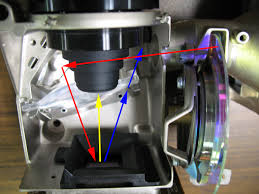Which type of Office Look you like?

Type 1 - Open Office Side by side face to face Type 2 - Open Office Side by side face to face with big monitor and whiteboard Type 3 - Open office Side by side in small group of tables Type 4 - Open office with L shape table Type 5 - Front with partition wall and a small drawer Type 6 - Partition wall separate in small area Type 7 - Visible Partition wall separate in small area Type 8 - Partition wall around table





